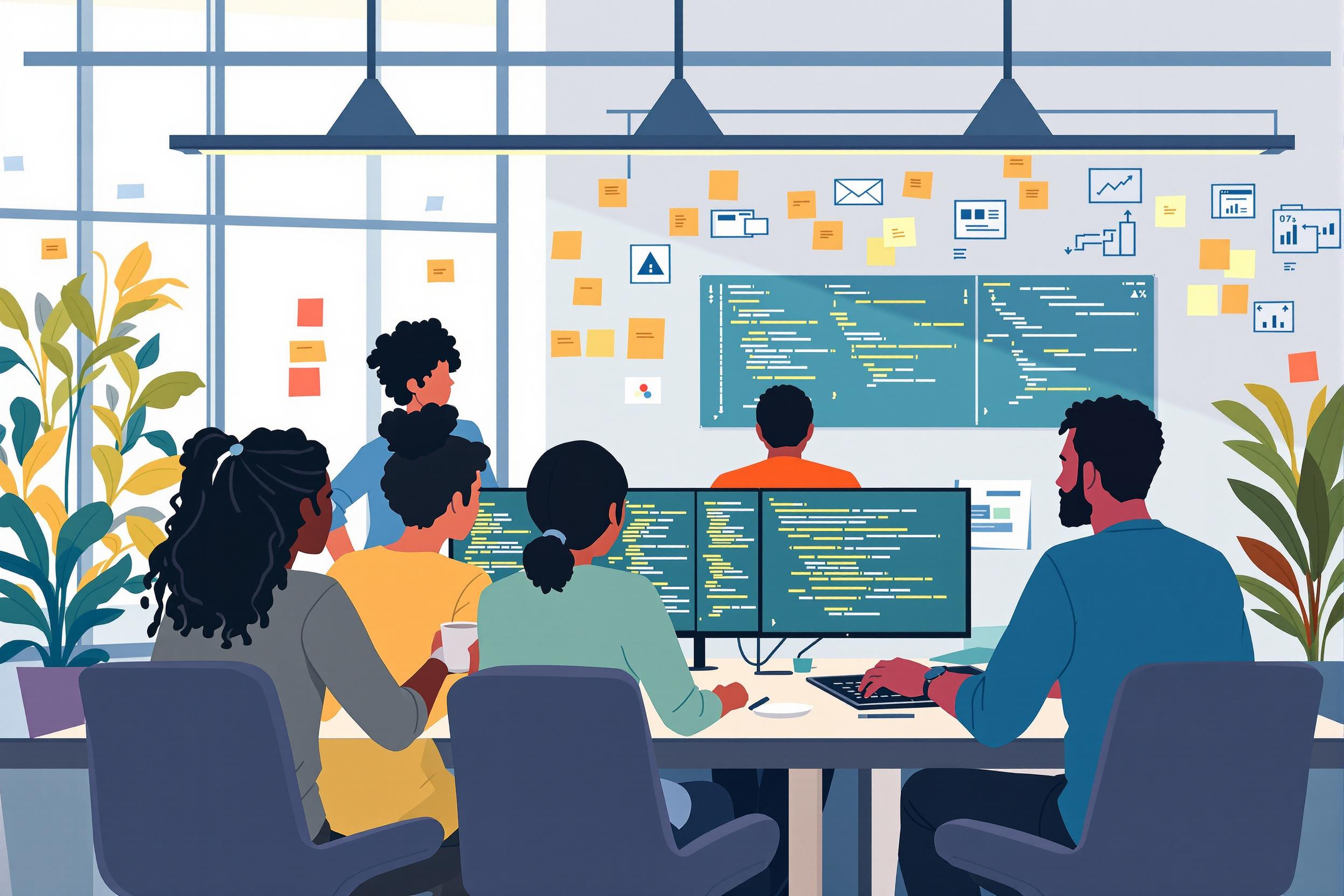
Flip Chip
Flip Chip is a method of connecting computer chips to circuit boards, where the chip is turned upside down (or "flipped") and directly attached. Think of it like connecting Lego pieces from the bottom instead of stacking them from the top. This approach is popular because it makes electronic devices faster and smaller compared to traditional wire connections. You might also see it called "C4 bumping" or "controlled collapse chip connection" in job descriptions. It's widely used in making smartphones, computers, and other modern electronic devices.
Examples in Resumes
Supervised Flip Chip assembly line achieving 99.9% yield rate
Optimized Flip-Chip packaging process reducing defects by 40%
Led team of 15 technicians in FC (Flip Chip) manufacturing operations
Typical job title: "Flip Chip Process Engineers"
Also try searching for:
Where to Find Flip Chip Process Engineers
Professional Organizations
Job Boards
Professional Networks
Example Interview Questions
Senior Level Questions
Q: How would you handle yield issues in a Flip Chip production line?
Expected Answer: A senior engineer should discuss systematic problem-solving approaches, including process monitoring, root cause analysis, implementing corrective actions, and establishing preventive measures to maintain high production yields.
Q: What experience do you have with qualifying new Flip Chip equipment?
Expected Answer: Should demonstrate knowledge of equipment qualification processes, including installation checks, process capability studies, reliability testing, and documentation requirements.
Mid Level Questions
Q: What are the key quality control points in Flip Chip assembly?
Expected Answer: Should explain basic inspection points like bump height measurement, alignment accuracy, and final bond strength testing, along with typical acceptance criteria.
Q: Describe your experience with different Flip Chip bonding materials.
Expected Answer: Should be able to discuss common solder materials, underfill materials, and their applications, including basic advantages and disadvantages of each.
Junior Level Questions
Q: What is Flip Chip technology and why is it used?
Expected Answer: Should be able to explain that Flip Chip is a method of connecting chips to circuit boards by flipping them upside down, and that it offers better performance and smaller size compared to traditional methods.
Q: What are the basic steps in the Flip Chip process?
Expected Answer: Should be able to describe the main steps: bump formation, chip flipping, alignment, and bonding, in simple terms without necessarily knowing all technical details.
Experience Level Indicators
Junior (0-2 years)
- Basic understanding of Flip Chip process steps
- Ability to follow standard operating procedures
- Basic quality control measurements
- Equipment operation under supervision
Mid (2-5 years)
- Process monitoring and optimization
- Quality control implementation
- Basic troubleshooting skills
- Equipment maintenance coordination
Senior (5+ years)
- Advanced process optimization
- New product introduction
- Team leadership and training
- Project management
Red Flags to Watch For
- No hands-on experience with semiconductor manufacturing equipment
- Lack of clean room experience
- No understanding of basic quality control procedures
- Poor knowledge of safety protocols in semiconductor manufacturing
Related Terms
Need more hiring wisdom? Check these out...

Micro-Internships: The Game-Changer in Project-Based Learning

Cracking the Code: Real Strategies to Diversify Tech Hiring

Recruitment in the Fast Lane: How to Adapt Hiring Practices in the Blink of an Eye

